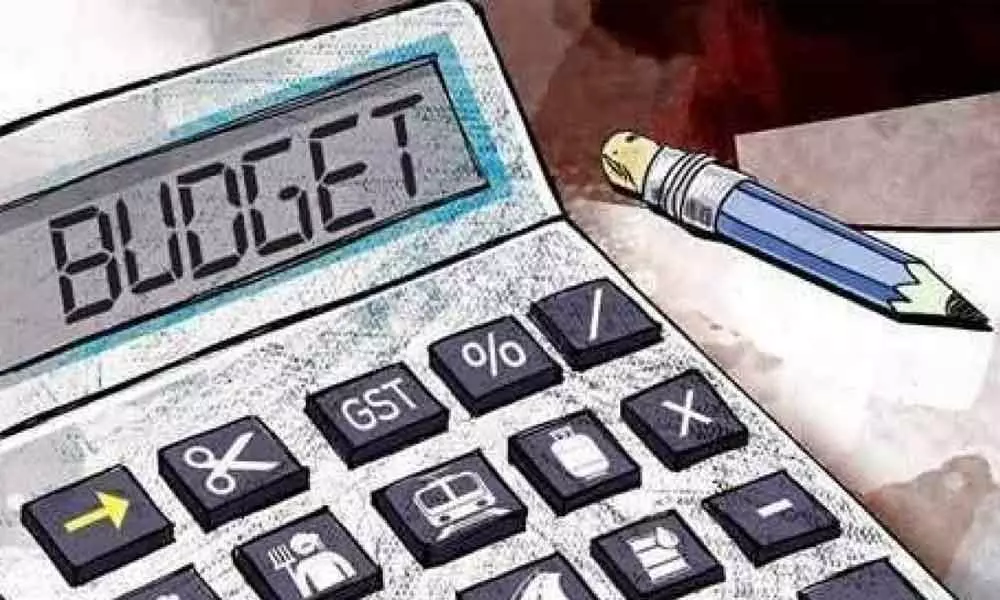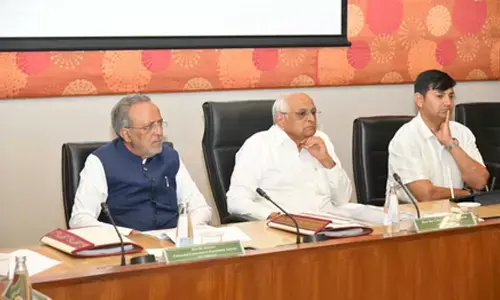Centre unlikely to go for sops in Budget

Centre unlikely to go for sops in Budget
The country’s gross domestic product (GDP) contraction is likely to be around 7.7 per cent in the current fiscal, after an 11-year low growth of 4.2 per cent in 2019-20, as per the advance estimates released by National Statistical Office (NSO) recently
The country's gross domestic product (GDP) contraction is likely to be around 7.7 per cent in the current fiscal, after an 11-year low growth of 4.2 per cent in 2019-20, as per the advance estimates released by National Statistical Office (NSO) recently.
Advance estimates assume significance for the simple reason that the forthcoming Union Budget, slated for February 1, will use these numbers for assuming GDP growth rate at current price for the financial year 2021-22.
Of course, the services and manufacturing sectors took a huge hit due to the Covid-related lockdown. In November too, industrial output contracted by 1.9 per cent due to the poor show of the manufacturing and mining sectors. The manufacturing sector shrank by 1.7 per cent while the mining sector registered a whopping 7.3 per cent de-growth.
The country's industrial production went into the negative zone in November after two months of positive growth. In this context, the farm sector offers some solace. But while services account for 55 per cent of GDP, the agriculture sector contributes merely 13 per cent.
After a record quarterly slump of 23.9 per cent in June, the GDP started showing green shoots from July onwards and stood at -7.5 per cent in September quarter. It is expected that GDP will be back in black in the third quarter this fiscal.
However, despite the Covid crisis, total GST revenue collected so far in the current fiscal reached Rs 7.80 lakh crore, which comes as a great relief and provides a comparison benchmark. Even excise duty, retail oil cess in particular, is also fueling the exchequer's growth.
As consequence, the share of indirect taxes in overall tax collections rose to about 56 per cent, while there was a sharp 26-27 per cent decline in the direct tax collections. Even though indirect tax revenue may continue to do well in the remaining part of the current fiscal, there is no hope of any improvement in direct tax collection for obvious reasons.
The central government did take some harsh measures like freezing of dearness allowance to its employees, slashing the salary of MPs by 30 per cent and also freezing their local area funds.
However, these steps proved to be insignificant. So, it is very unlikely that the fiscal deficit, which currently stands at a high of 3.5 per cent, will be tamed.
Of course, the ever-rising stock markets may provide some succour. Now, Sensex is hovering around 49,000 and no wonder if it crosses magical 50k mark soon.
But given the precarious financial position the central government currently is in, the chances of doling out freebies in the upcoming Union Budget are slim. The nation is counting on the rollout of vaccines that kick starts on January 16 in a phased manner. The vaccine can slow the spread of Covid-19. Economic activity will further pick up post the Covid vaccine rollout. But it will be a while before GDP growth goes full steam.














